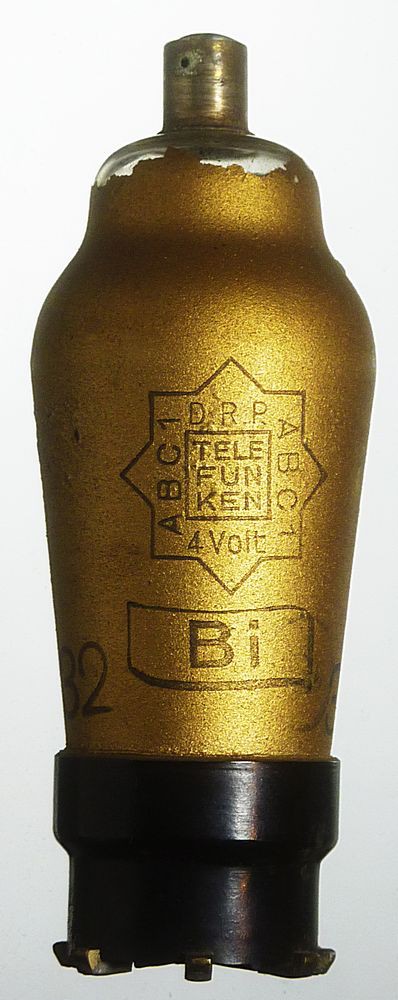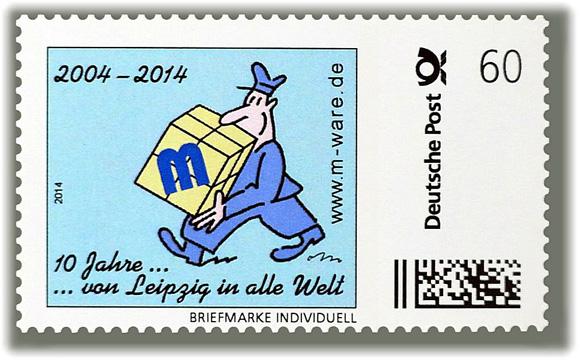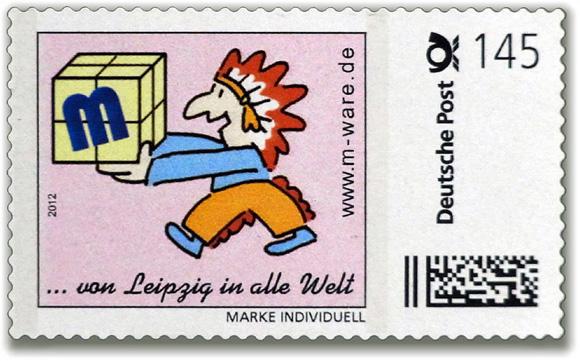Home • Adapters and Converters • Cables • Controllers • Diagnostic Devices • Disk Drives • German Radio Tubes • Graphics Adapters • HDD Harddisks • Memory • Network Interface Controllers • Power Supply Units • Processors • Processing Machines • Riser Boards and Cables • Vintage German Speakers • Further Categories
Further information, which can assist you in your decision making process, you find in our guides.
Radio tubes, mainly from German production
Extensive inventory of radio tubes from the entire production period ca 1930-1970
Radio tubes of many well-known manufacturers such as Telefunken, AEG, Lorenz, radio tubes Philips and Philips Mini Watt, Cerberus, Tungsram, Valvo, RCA, Siemens, Sylvania, RFT, radio tubes WF. New, tested and refurbished radio tubes available. Over 10,000 products in stock. Daily dispatch. Tubes for radios, television sets, meters, oscilloscopes, and more to Zählröhren and other special tubes.
Subcategories
- Radio Tubes 0-1 • Radio Tubes 2-5 • Radio Tubes 6 • Radio Tubes 7-11 • Radio Tubes 12-24 • Radio Tubes 25-150 • A Radio Tubes • B Radio Tubes • C Radio Tubes • D Radio Tubes • E Radio Tubes: Radio Tubes E0-E9-EA-EB Radio Tubes EC-EF Radio Tubes EH-EL Radio Tubes ER-EZ • F, G, H, I and J Radio Tubes • K and L Radio Tubes • M, N and O Radio Tubes • P Radio Tubes: Radio Tubes PA-PF Radio Tubes PL Radio Tubes PP Radio Tubes PY • Q, R, S and T Radio Tubes • U Radio Tubes • V, W, X and Y Radio Tubes • Z Radio Tubes • Russian Vacuum Tubes • Special Tubes: Nixie Tubes Photocells Dekatron Valves Iron Urdox Tubes Geiger Mueller Counters Magic Eyes Loctal Valves Stabilizer Tubes Thyratron Tubes • Radio Tube Sockets • unknown Radio Tube Models
The world of our old radio tubes
The foundation stone
for de development of radio tubes has already been laid in the 1880s when Thomas Alva Edison discovered the thermionic emission. 1883 based on this effect a DC voltage regulator has been patented. In addition to many other inventors was Manfred von Ardenne-tubes significantly involved in the development of radio tubes radio. He developed jointly with Siegmund Loewe one of the earliest multi-grid tubes. Radio tubes usually consist of a closed glass flask in which there is a high vacuum. In older radio tubes-types, this glass bulb are used in a socket which consisted initially of plastic such as Bakelite. Later, metal base were used sporadically; some radio tubes were manufactured as steel tubes. With increasing development was finally abandoned in miniature tubes and subminiature tubes on special base and led the connector pins directly from the glass bottom out. Radio tubes have been used since the 30s en masse in radio receivers, the receiver tube development was largely completed only in the 60s when, increasingly, this semiconductor technology was used. Transistor receiver now dominated the market. The big companies who had previously produced radio tubes, presented their production to new products, with the beginning of the 1970s, the radio tubes production in Germany was virtually ceased. Apart from the classic radio tubes and a variety of special tubes was developed, the best known of which he is the older generation certainly the tuning tubes in the old tube radios, which were also referred to as magical eye. Other special tubes alongside radio tubes include numeric display tubes, photocells, oscilloscope tubes, Zählröhren for Geiger counters. However, radio tubes are the most significant intensifier tubes. The tubes are the most widely produced radio tubes.
But even with the radio tubes, there are an almost unmanageable diversity. were the early radio tubes of the 30s still mostly German brands, such as Telefunken radio tubes, AEG radio tubes, radio tubes Valvo, Siemens radio tubes, radio tubes and international producers soon came to. Representing be mentioned here are only the radio tubes manufacturers Philips, Polam, Haltron and American firms for radio tubes RCA, Sylvania and General Electric. In the former GDR RFT took on the production of radio tubes with numerous branch plants. Farms that produced radio tubes for RFT, were among others Funkwerk Erfurt, Mühlhausen tube factory, the factory for television electronics, tube factory Neuhaus.
Were the early radio tubes for up to 15cm high and still very fragile, led the development of radio tubes early 1960 to Miniature tubes with a height of about 5-8cm. Subminiature tubes reached heights of average nuir still 3cm. The miniaturization of radio tubes was accompanied by a positive side effect, the radio tube was insensitive to vibration, too, was now the risk of fracture significantly lower when radio tubes were strongly shaken or once fell off a radio tube.
Today, radio tubes still enjoy great popularity for men of knowledge
Radio tubes for the construction of high quality musical amplifiers still often used, as can be with radio tubes in conjunction with appropriately high-quality speaker systems generate some excellent sound quality. There are also very numerous dedicated hobbyists who restore your old radio treasures lovingly and repair to the replacement of worn radio tubes radio tubes and other devices again. Even collectors have now discovered radio tubes as passion; with radio tubes they preserve evidence of a very exciting technological development, which was accompanied in particular with the development of radio communications and radio frequency technology and metrology. Especially old German makes of radio tubes are in great demand and even new radio tubes from the Far East are usually preferred.
By the way, we are also interested in your old stock of radio tubes. Write us what you have to offer.



